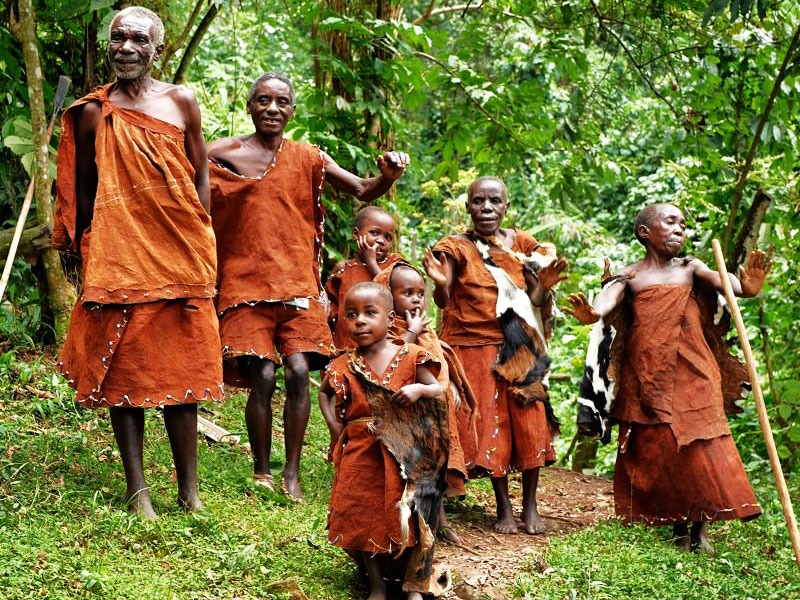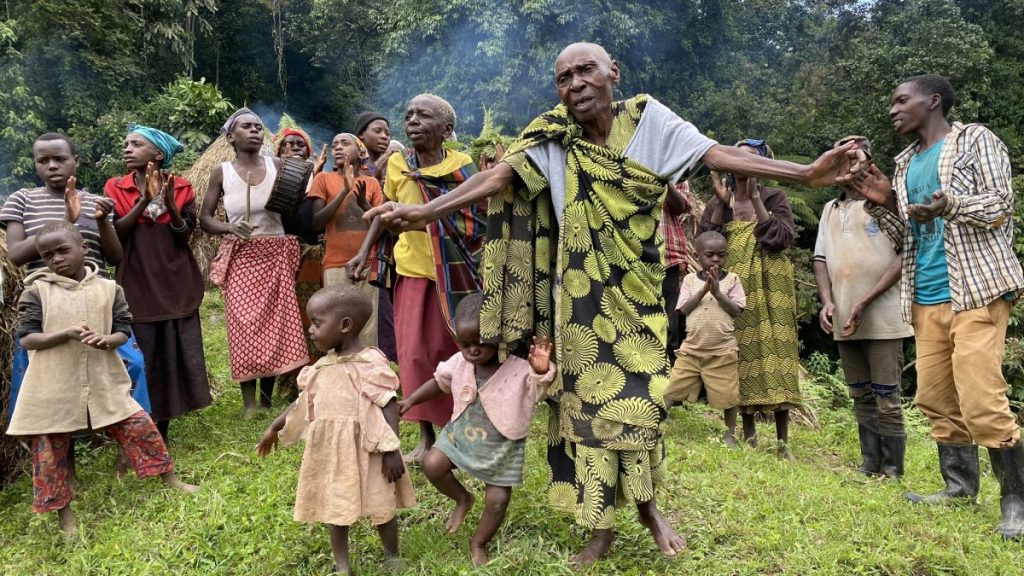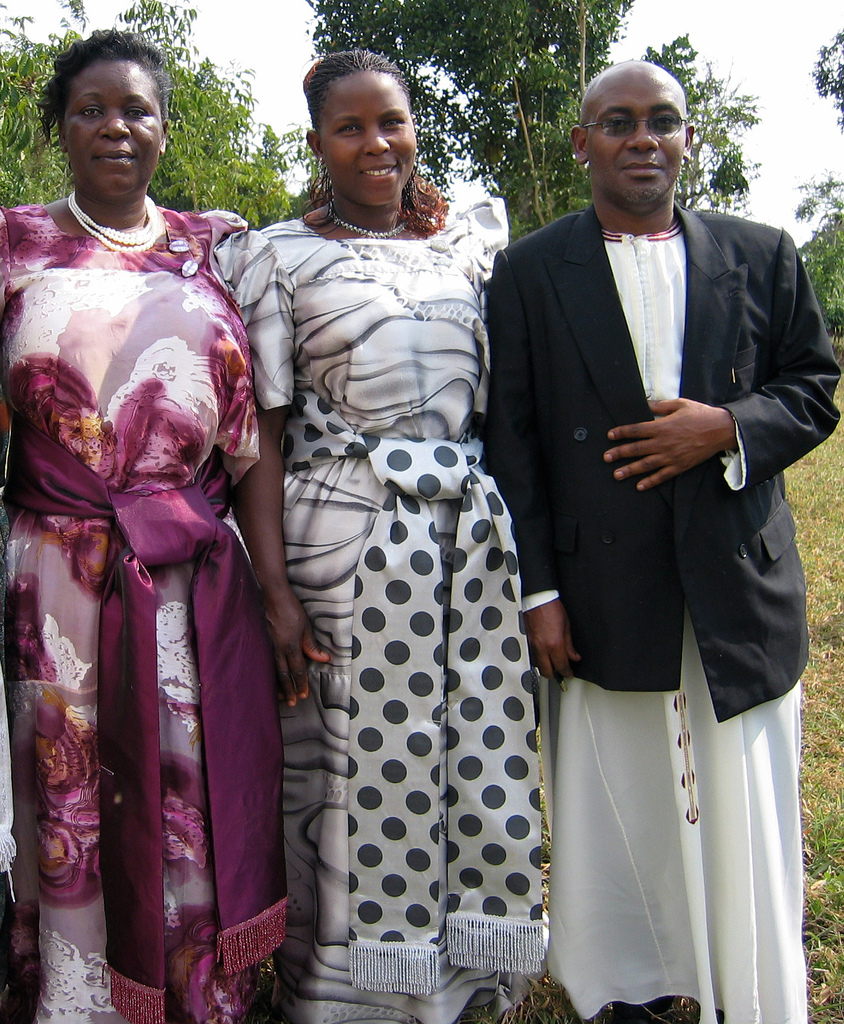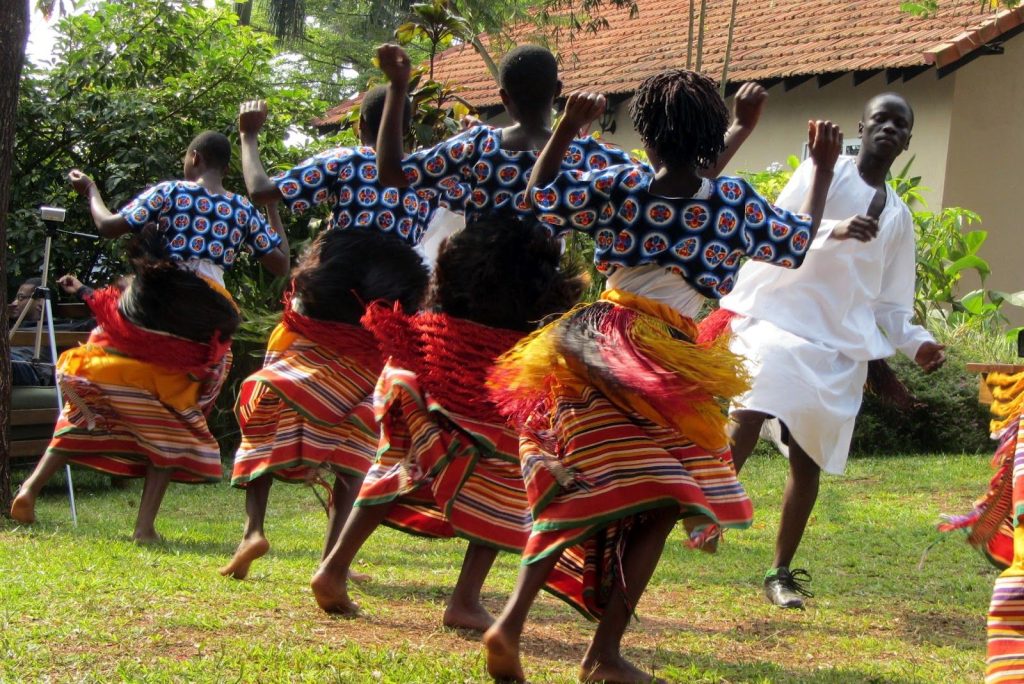Tribes in Africa
With around 3,000 tribes and 2,000 languages and dialects, Africa is a continent with fascination around every corner.
With an estimated 35 million people in total, Yoruba is undeniably the largest ethnic group in Africa. Members occupy the South Western sides of Nigeria, as well as Southern Benin, but the majority comes from Nigeria. They have a rich history and cultural heritage tracing back to the old Oyo Empire.
Zulu is easily the most popular tribe in Africa and also one of the largest ethnic groups in South Africa. The Zulu people see themselves as the “People of Heaven.” The tribe has an estimated eleven million people in the tribe, and they stand for union and togetherness.
Dasanash Tribe Ethiopia
Location: Ethiopia, Africa
Daasanach is the most southerly of the tribes who live in Ethiopia’s Omo Valley, where the Omo River Delta enters Lake Turkana . Daasanach is meaning ‘People from the Delta’. They are the strangest in history, so it is possible to describe some tribes in Africa who have what distinguishes them from the whole world, in their clothing in their customs and traditions they differ certainly, their customs cannot be repeated elsewhere, among those customs and traditions that characterize Africa are “Dasanash” tribe in Ethiopia, where this tribe is famous for its members adorning their heads from the products of the civilized world, such as cola bottles and adorning some waste. Dasanash dazzled the whole world by turning waste into accessories and decorations, and this tribe numbered About 50 thousand people are a nomadic tribe that moves from one place to another and lives on livestock to earn a living, but its women created accessories from the Coca-Cola caps to recycle and use them to decorate the hair, as well as shattered and neglected bottles to create hairstyles to decorate with. Not only that but women also use broken digital wristwatches or memory cards.
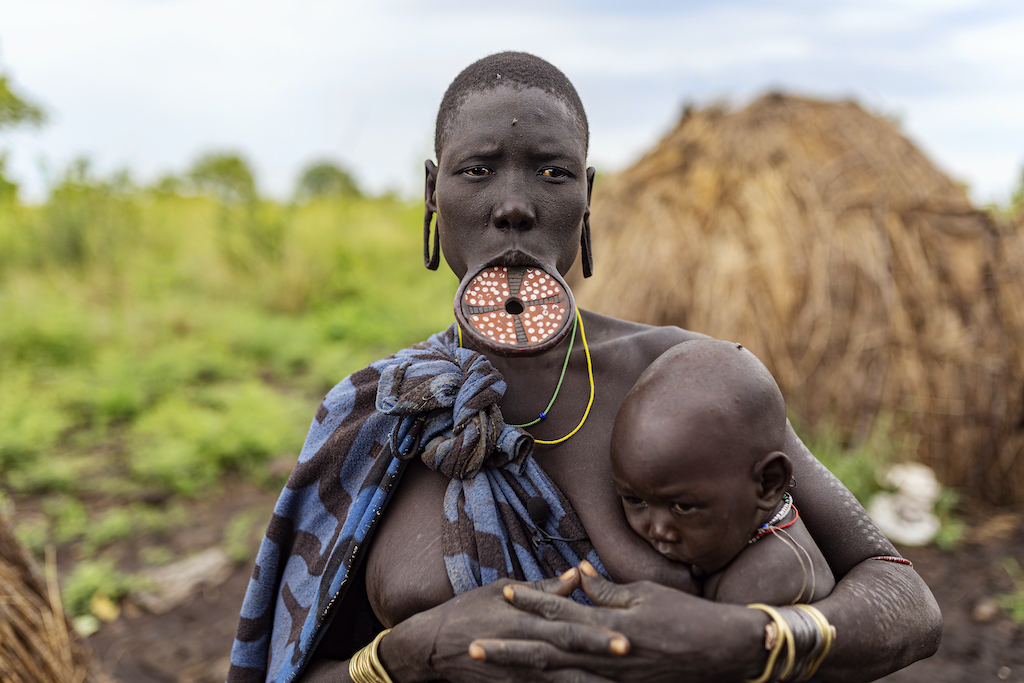
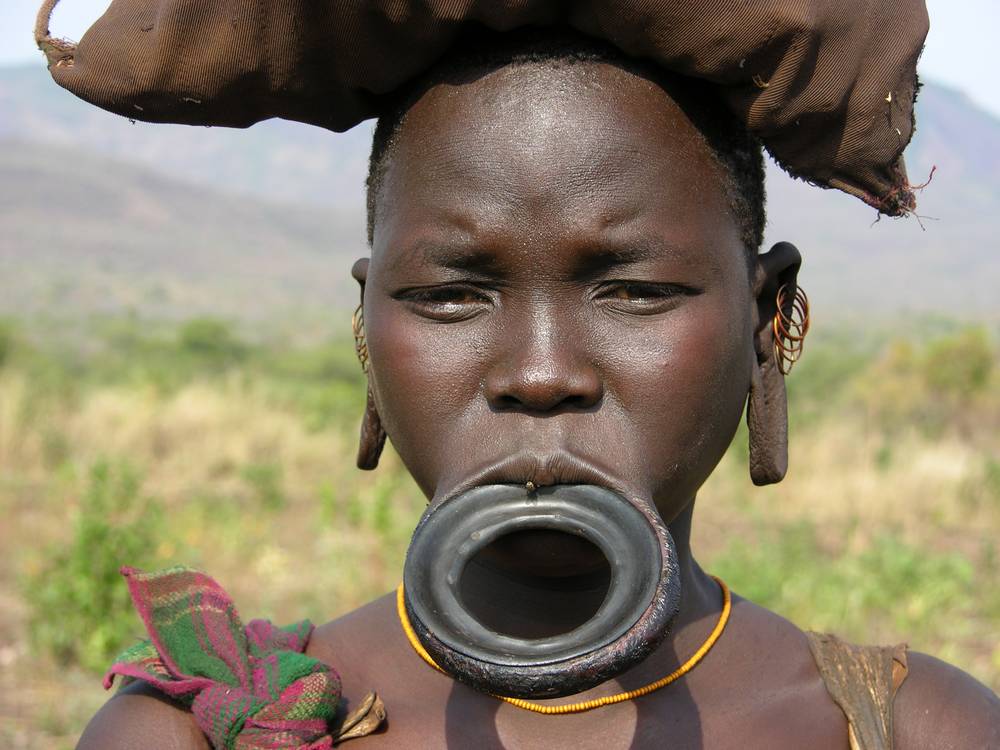
Amhara tribe Ethiopia
Location: Ethiopia
Amhara, people of the Ethiopian central highlands. The Amhara are one of the two largest ethnolinguistic groups in Ethiopia (the other group being the Oromo). They constitute more than one-fourth of the country’s population. The Amharic language is an Afro-Asiatic language belonging to the Southwest Semitic group. Amharas humble past has a Cushitic beginning. Although, the Axumites are believed to be widely mixed with those Arabian settlers, there is a strong evidence that suggests the base of their ethnic stock was also Cushitic
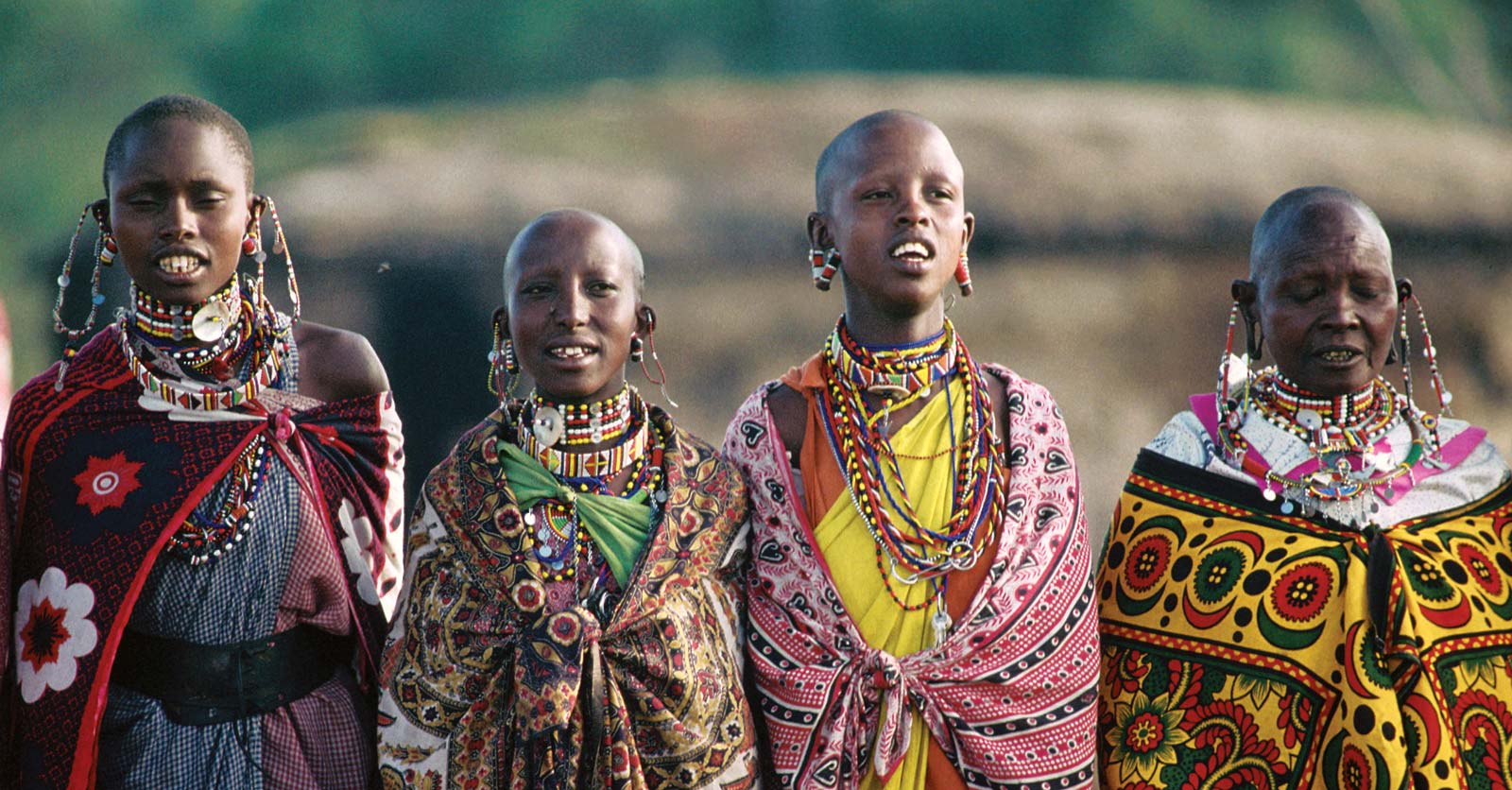
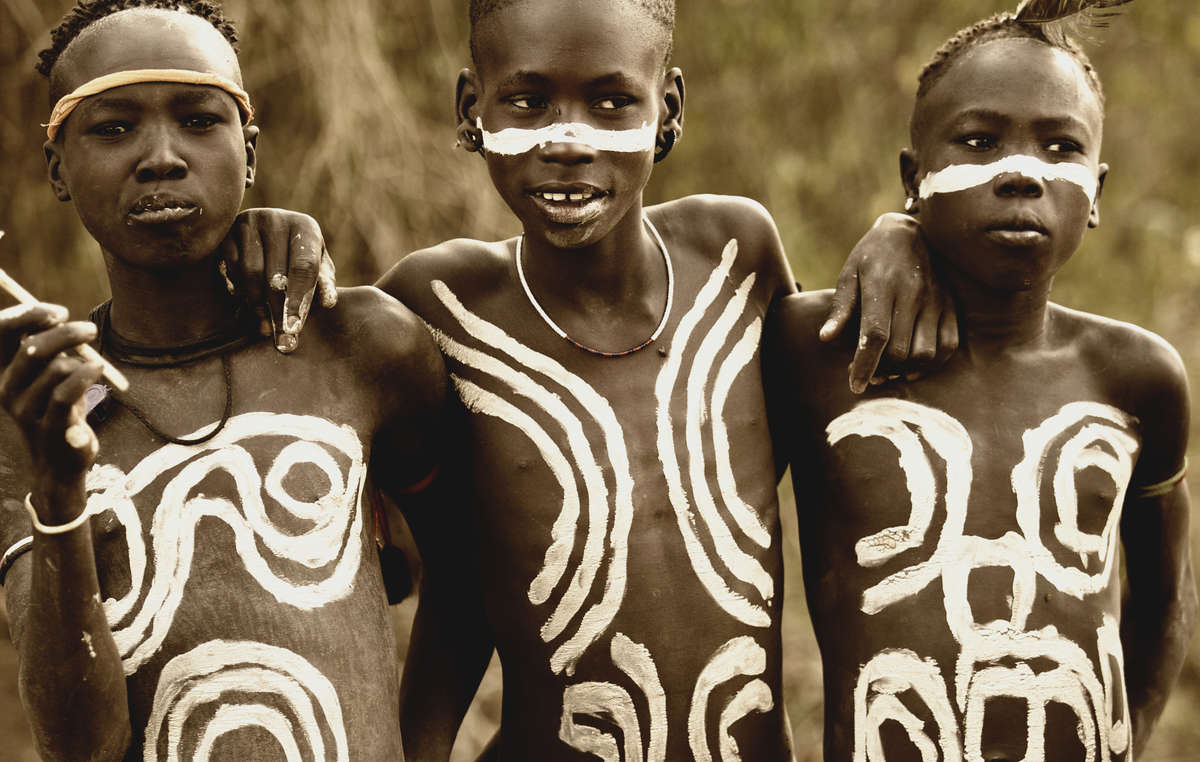
The term “Amhara” is derived from amahara, meaning “one who is pleasing, agreeable, beautiful, and gracious.” Amhara culture is often identified with Abyssinian culture, which is regarded as the heir to the cultural blending of ancient Semitic and Cushitic (African) patterns; other heirs are the Tigre-speaking people of Ethiopia
Maasai Tribe Kenya, Tanzania
Location: Southern Kenya and Northern Tanzania
The Maasai are a Nilotic ethnic group inhabiting northern, central and southern Kenya and northern Tanzania. They are among the best known local populations internationally due to their residence near the many game parks of the African Great Lakes, and their distinctive customs and dress. The Maasai belong to the tallest people in the world With their long limbs, they belong to the tallest people of Africa. It’s because of their rich calcium diet that they are so tall. They seem taller, because of their world-famous high jumps. It’s not just random jumping.


Due to their distinct traditions, customs and dress and their residence near the many national game parks of East Africa, the Maasai are among the foremost African ethnic groups and are known internationally because of their links to the national parks and reserves.
Location: Namibia
The San Bushmen people are members of various Khoe, Tuu, or Kxʼa-speaking indigenous hunter-gatherer groups that are the first nations of Southern Africa, and whose territories span Botswana, Namibia, Angola, Zambia, Zimbabwe, Lesotho and South Africa. In 2017, Botswana was home to approximately 63,500 San people, which is roughly 2.8% of the country’s population, making it the country with the highest population of San people. Almost a thousand kilometres north east of Windhoek, in Namibia, the San communities live in one of the few green terrains in this largely desert country. The place is called Tsumkwe.
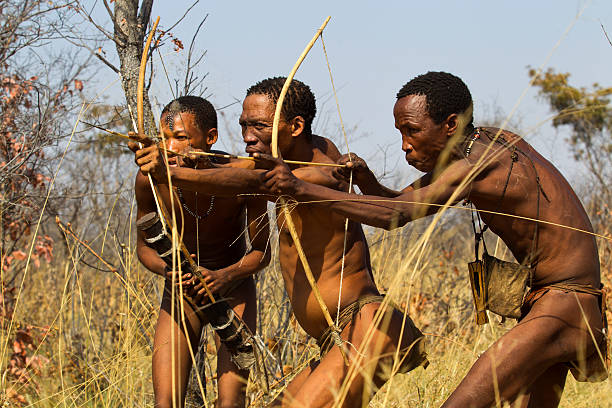
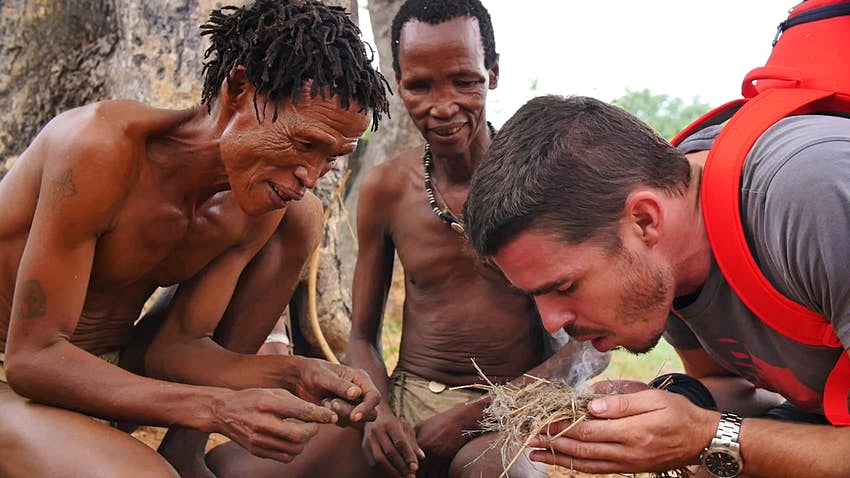
The San, also known as the Basarwa or Khwe, are the oldest inhabitants of southern Africa where they have lived for at least 20,000 years. Their home was the Kalahari Desert, which is now divided between Botswana, Namibia, Angola and South Africa.
Location: Northern Namibia and Southern Angola
The Himba (singular: OmuHimba, plural: OvaHimba) are indigenous peoples with an estimated population of about 50,000 people living in northern Namibia, in the Kunene Region (formerly Kaokoland) and on the other side of the Kunene River in southern Angola. There are also a few groups left of the OvaTwa, who are also OvaHimba, but are hunter-gatherers. However, the OvaHimba do not like to be associated with OvaTwa. Culturally distinguishable from the Herero people, the OvaHimba are a semi-nomadic, pastoralist people and speak OtjiHimba, a variety of Herero, which belongs to the Bantu family within Niger–Congo. The OvaHimba are semi-nomadic as they have base homesteads where crops are cultivated, but may have to move within the year depending on rainfall and where there is access to water.
Himba tribe hair styles
Himba – their hairstyles and jewelry. Jewelry and hairstyles are significant to the lives of the Himba indicating age and social status within their community. Hairstyles…
Hairstyles are an indication of age and social status among the Himba people. Children generally have shaved heads apart from a small portion of on the crown, often braided into a plait to the back for young boys, girls have two plaits extended forward at the front. Young girls who are one of a pair of twins may also have one braided hair plait extended to the front
post pubescent boys have one braided plait, girls tend to have many textured hair plaits or otjize, often forming a veil to the face although as a matter of course these plaits are tied together away from the girl’s face
once a woman has been married for a year or if she has a child, she will wear an Erembe – a sheepskin headpiece which is very ornate with braided coloured hair shaped with otjize paste single men wear one braided plait at the back of the head. Married men wear a head wrap or cap with unbraided hair below. If a man is widowed, he wears his hair unbraided and without a cap
When water is scarce, the Himba cleanse their hair using wood ash.
Himba hair style material:
The Himba’s hair is braided or weaved and covered with the mixture of butter oil and special type of red clay. Before reaching the puberty, girls have only two hair braids.
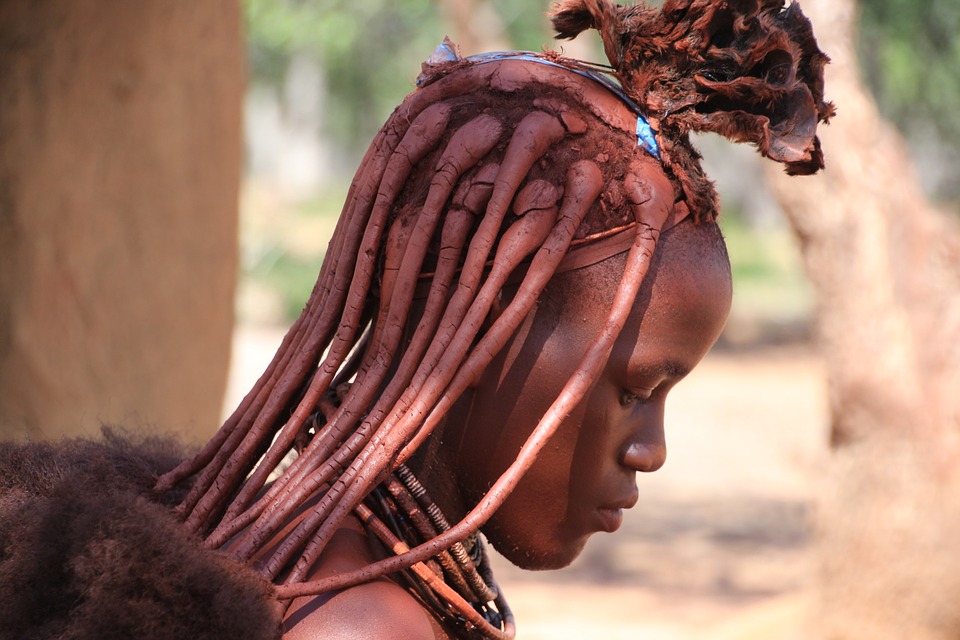
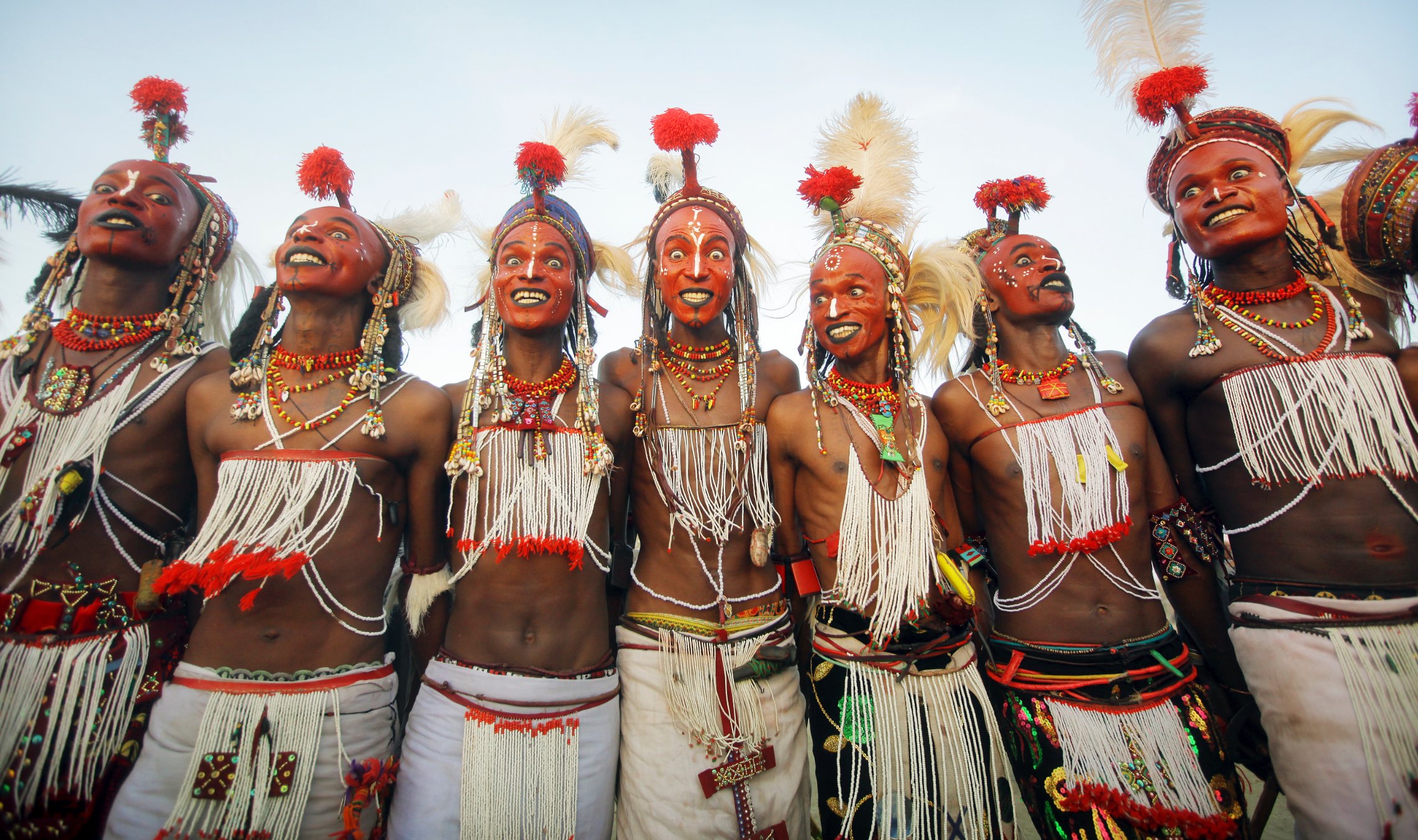
Location: South Sudan
Dinka, also called Jieng, people who live in the savanna country surrounding the central swamps of the Nile basin primarily in South Sudan. They speak a Nilotic language classified within the Eastern Sudanic branch of the Nilo-Saharan languages and are closely related to the Nuer. Dinka are sometimes noted for their height. With the Tutsi of Rwanda, they are believed to be the tallest people in Africa. Roberts and Bainbridge reported the average height of 182.6 cm (5 ft 11.9 in) in a sample of 52 Dinka Agaar and 181.3 cm (5 ft 11.4 in) in 227 Dinka Religious Beliefs. The majority of Dinka practice traditional religions whose central theme is worship of a high god through the totem, ancestral spirits, and a number of deities. The high god is called Nhiali and he is the source of sustenance

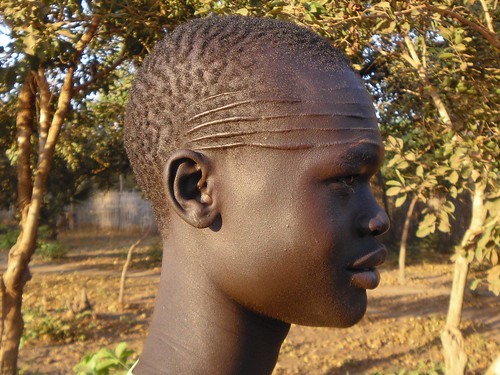
Men of the Dinka tribe in South Sudan scar their faces with parallel lines across the forehead in a rugged display of courage to the tribe. Dinka boys receive their scars around adolescence to mark the transition to manhood, when they take the responsibilities of the other men in the nomad tribe.
For the Dinka people of southern Sudan, scarring one’s body is not only a way to find your clan in society- it is a full-blown right of passage. The ritual is performed on both boys and girls. … Along with clan ties, scars can also signify physical beauty, namely in female individuals.
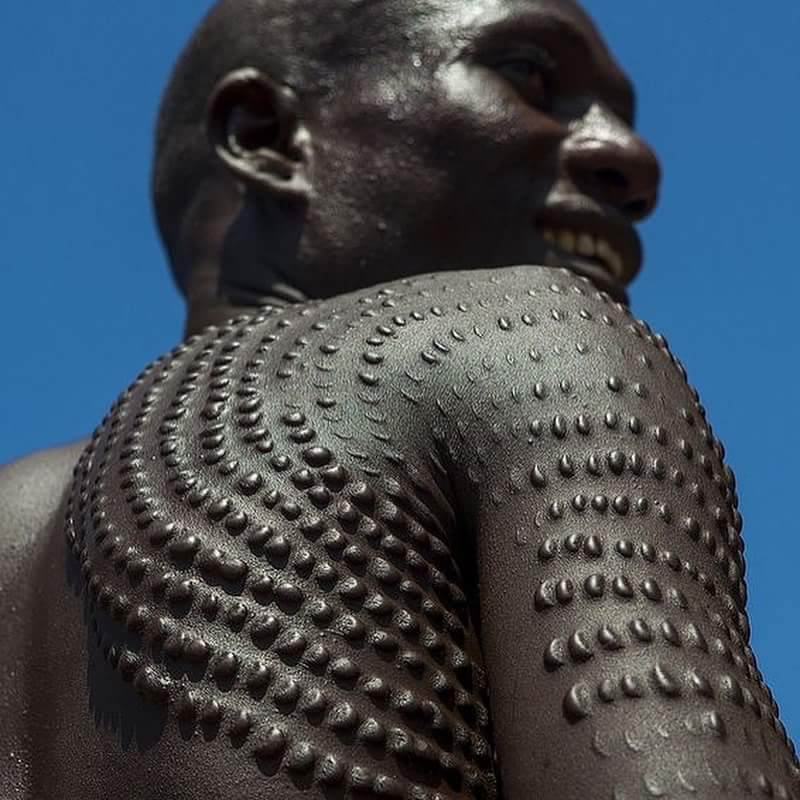
igbo tribe: south Eastern Nigeria
Location: south Eastern Nigeria
Igboland, also known as South eastern Nigeria, is the indigenous homeland of the Igbo people. It is a cultural and common linguistic region in southern Nigeria.
Geographically, it is divided by the lower Niger River into two sections: an eastern (the larger of the two) and a western one. Its population is characterized by the diverse Igbo culture and the speakers of equally diverse Igbo languages. Igbo people are well known for their variety of soups, made from locally grown vegetables, fruits and seeds. The most popular Igbo soups are oha, nsala, akwu, okazi and ofe owerri. The Igbo people have a traditional religious belief that there is one creator, called ‘Chineke’ or ‘Chukwu’.
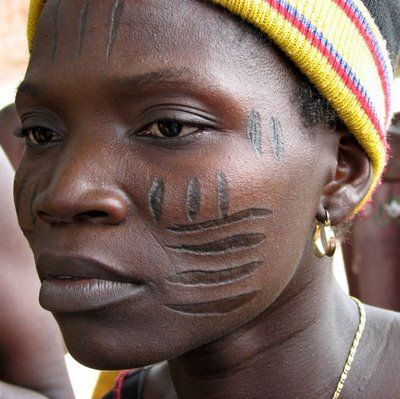
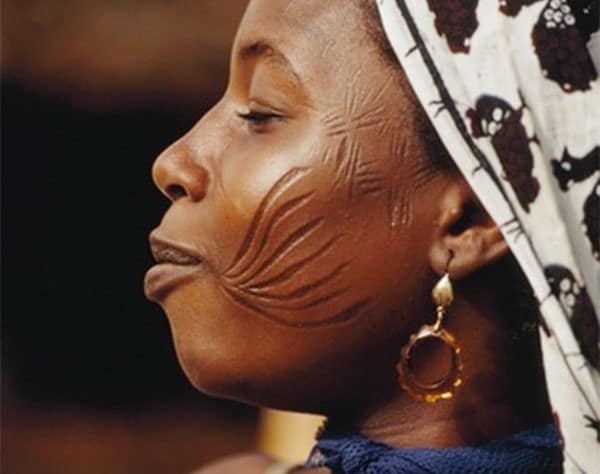
Zulu Tribe: Kwazulu Natal, South Africa
Location: Kwazulu Natal, South Africa
Zulu people are an Nguni ethnic group in Southern Africa. The Zulu people are the largest ethnic group in South Africa with an estimated 10–12 million people living mainly in the province of KwaZulu-Natal. They originated from Nguni communities who took part in the Bantu migrations. As the clans integrated together, the rulership of Shaka brought success to the Zulu nation due to his perfected military policies.
The Zulu people take pride in their ceremonies such as the Umhlanga, or Reed Dance, and their various forms of beadwork. The art and skill of beadwork takes part in the identification of Zulu people and acts as a form of communication. The men and women both serve different purposes in society in order to function as a whole. Today the Zulu people predominantly believe in Christianity, but have created a syncretic religion that is combined with the Zulu’s prior belief systems.
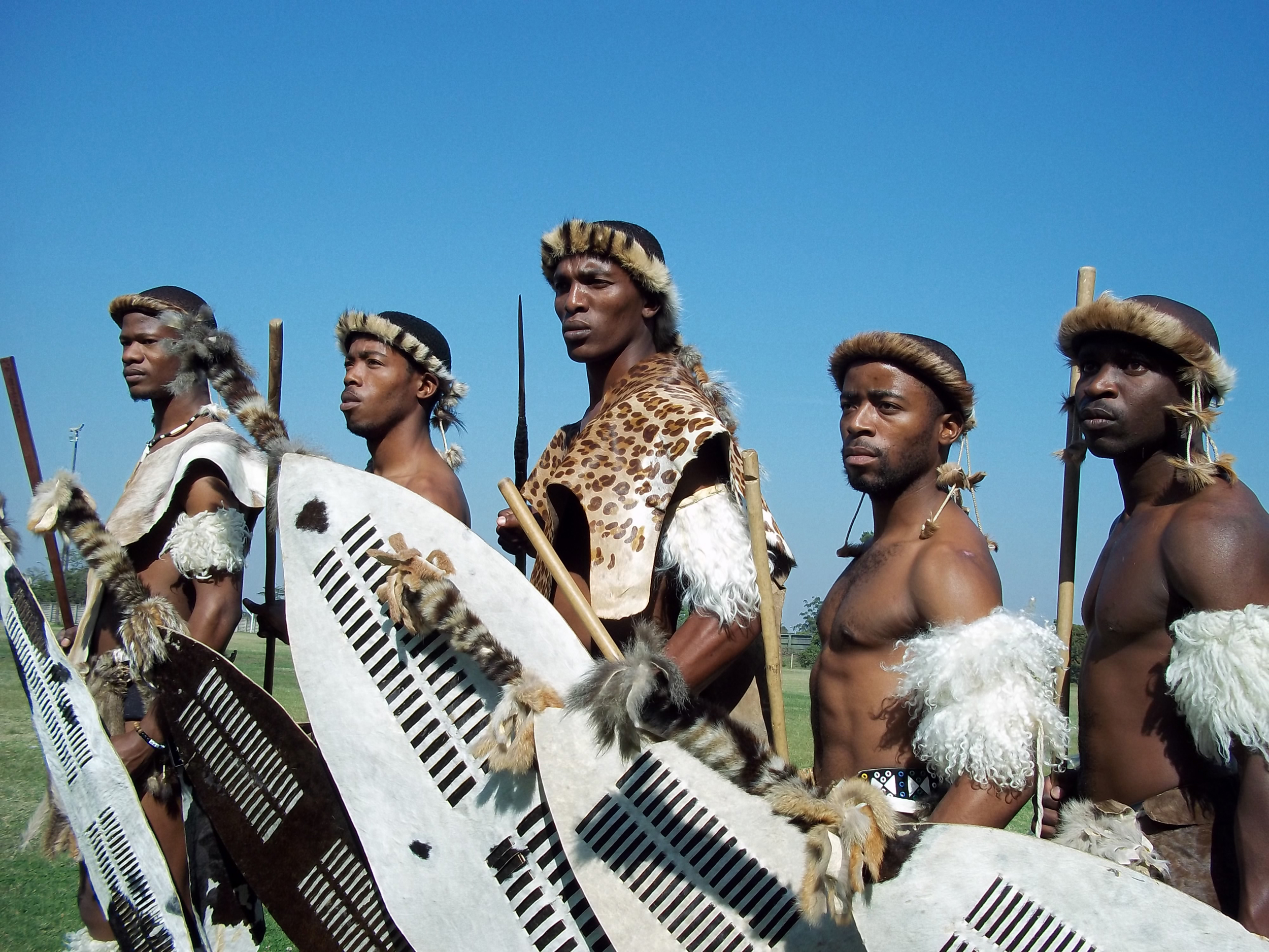
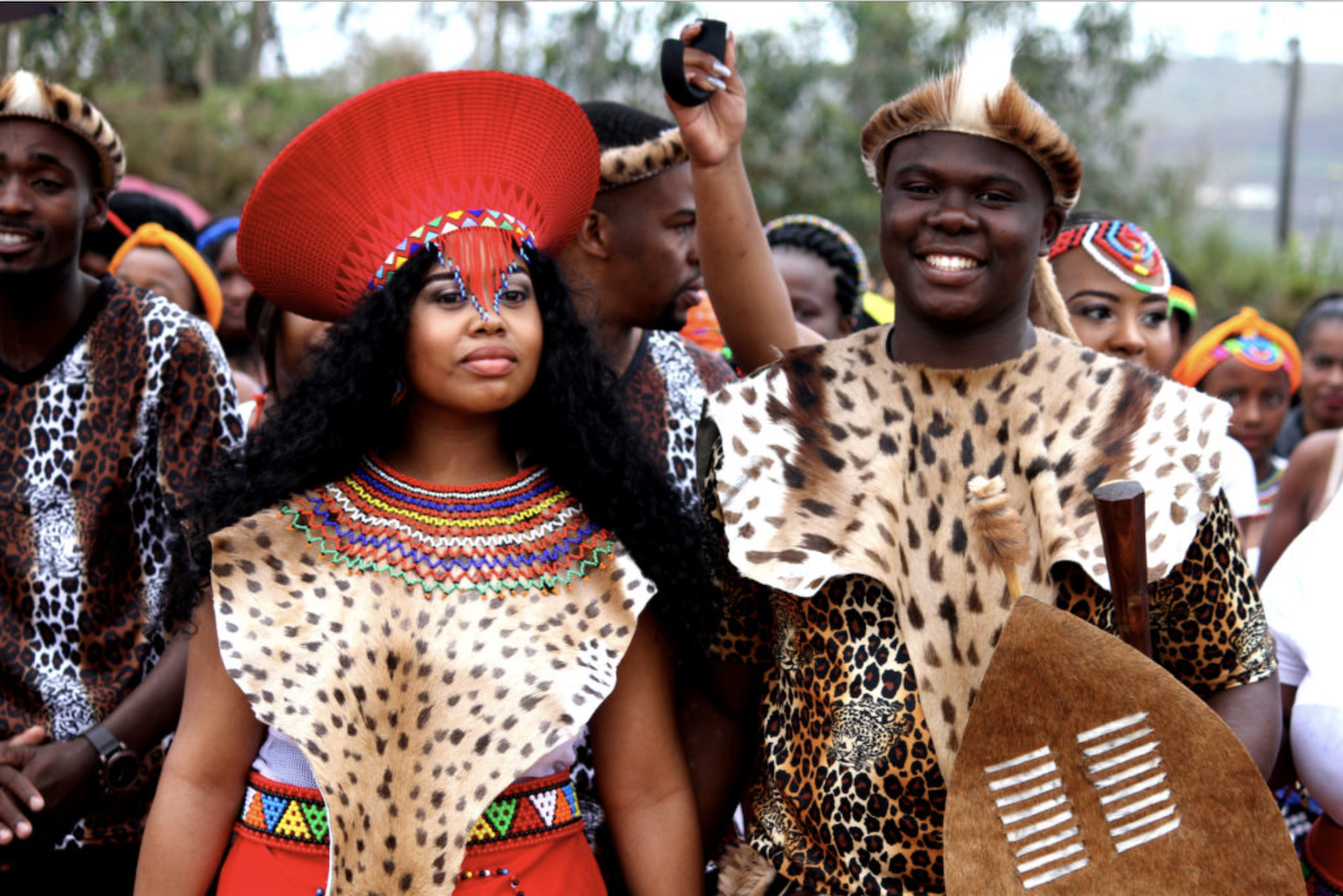
Location: Western Uganda
The Batwa of Uganda were forest dwellers who lived by gathering and hunting as their main source of food. They are believed to have lived in the Bwindi Impenetrable and Mgahinga National parks that border the Democratic Republic of Congo (DRC) and Rwanda living mainly in areas bordering other Bantu Tribes.commonly known as pygmies, are an endangered group of people around Echuya Forest Reserve in Kisoro and Kabale Districts of South-Western Uganda.
The Echuya forest is located in the Albertine Rift region recognized as an important eco-region. The Batwa are believed to have migrated from the Ituri Forest of the Democratic Republic of Congo in search of wild animals to hunt, hence the name Kisoro, literally meaning “the area occupied by wild animals”. The Batwa live in small huts mainly made from sticks and grass.
